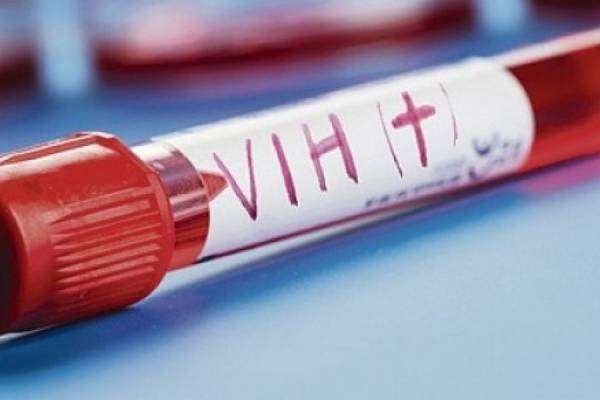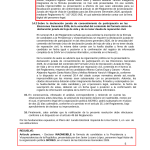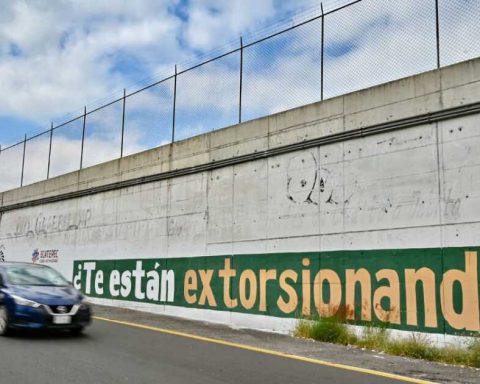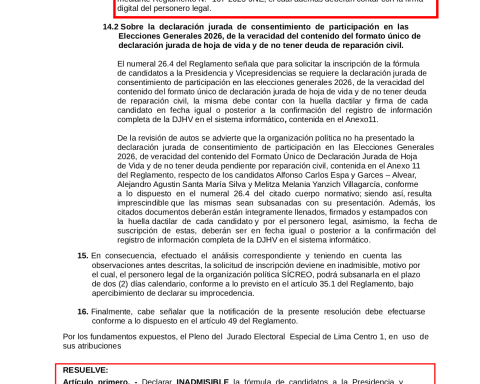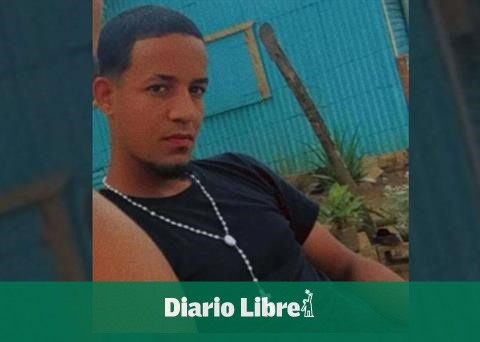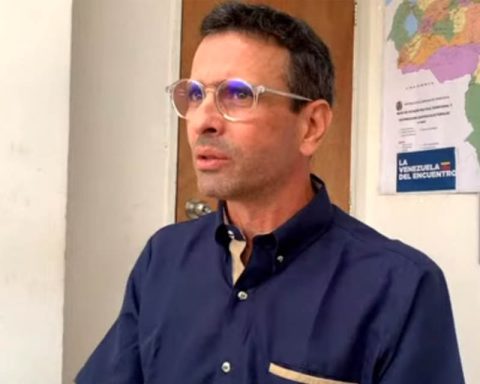July 18, 2024, 3:49 PM
July 18, 2024, 3:49 PM
A 60-year-old German, who no longer has traces of HIV in his body, is the seventh probable case of being cured of the virus after a bone marrow transplant, according to research published Thursday, ahead of the 25th international conference on AIDS.
The man, who prefers to remain anonymous, is nicknamed the “New patient from Berlin”in reference to the first “Berlin patient”, Timothy Ray Brown, the first person declared cured of HIV in 2008, and who died of cancer in 2020.
The sexagenarian, diagnosed HIV-positive in 2009, He received a bone marrow transplant to treat leukemia in 2015 and was able to stop his antiretroviral treatment at the end of 2018.
Nearly six years later, the patient has no detectable viral load, according to the researchers, who will present their work in Munich next week.
Although they can’t be “absolutely safe” Once all traces of the virus have been eliminated, “this patient’s case is highly suggestive of a cure for HIV,” Christian Gaebler, a doctor at the Charité hospital in Berlin who is treating the patient, told AFP.
With more than five years of remission, the German is “close” to being considered cured, said Sharon Lewin, president of the International AIDS Society during a press conference.
Your case differs from other long-term remissions, noticed.
All but one of the other patients had received stem cells from bone marrow donors who had a rare mutation of a gene called CCR5, which prevents the entry of HIV in the cells.
The donors in the above cases were people who inherited two copies of the mutated gene, one from each parent, which made them “virtually immune” to HIV.
The new patient in Berlin is the first to receive stem cells from a donor who inherited only one copy, a much more common configuration that gives hope of finding more potential donors.
The “Geneva patient”, Revealed in 2023, it is another exception as he received a transplant from a donor who did not have any mutations in this gene.
Less than 1% of the population carries this protective HIV mutation, so it is very rare for a compatible bone marrow donor to have this mutation.
